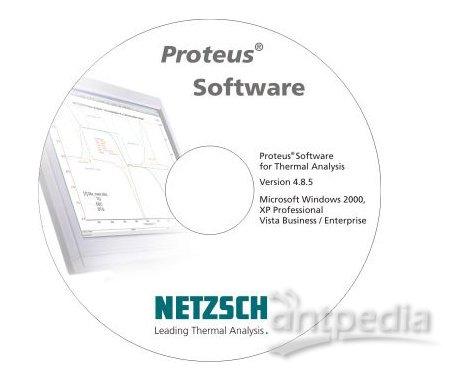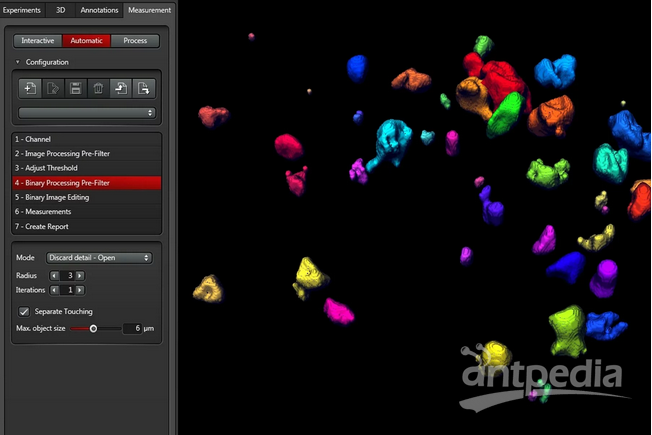Simultaneous analysis of DNA content
Simultaneous analysis of DNA content and surface immunophenotype using gentle ethanol fixation techniques.
William Telford. Louis E. King and Pamela J. Fraker
Michian State University, East Lansing, MI
Hospital for Special Surgery, New York, NY
A major issue in the simultaneous analysis of DNA content using DNA binding dyes and cell surface immunophenotyping using fluorochrome-conjugated antibodies is the choice of cell pretreatment technique. For successful DNA content measurement, cell and nuclear membranes need to be sufficiently permeablized to allow entry of the DNA binding dye. Ethanol or other alcohols have been traditionally used to permeablize cells for DNA content analysis; this treatment, however, has the disadvantage of damaging cell surface proteins, as well as causing dissociation of fluorochrome-conjugated antibodies from cell surface antigens. Crosslinking of cell surface proteins with paraformaldehyde, either by itself or prior to ethanol treatment, has been previously used in an attempt to circumvent this problem. Paraformaldehyde crosslinks chromatin, however, limiting stoichiometric binding of DNA probes and reducing the quality of the resulting DNA content distribution. In an attempt to accurately measure DNA content with simultaneous preservation of cell surface markers, we have utilized gentle ethanol treatment techniques, which permeablize cells with minimal loss of surface antigen expression and antibody-antigen association. For some cell types, the presence of apoptotic cells based on reduced DNA content can also be detected. One such technique employs the addition of ethanol to cells previously resuspended in high concentrations of fetal bovine serum, and has been thoroughly described in the literature. A second technique uses ethanol solutions in glycerol, and is still under development.
Materials
The fluorochrome-conjugated antibody or antibodies of interest.
An appropriate DNA binding dye. For single phenotype analysis, propidium iodide can be used simultaneously with FITC-conjugated antibodies for analysis on a single laser flow cytometer. Analysis of two phenotypes on a single laser instrument can be accomplished using FITC- and PE-conjugated antibodies and the far red DNA binding dyes 7-aminoactinomycin D or LDS-751. Hoechst 33342 and 33258 or DAPI can be used on dual laser (488 nm/UV) instruments for simultaneous analysis with two or three fluorochrome-conjugated antibodies. RNase should be added for DNA dyes that can bind dsRNA (such as propidium iodide).
70% EtOH in ddH20
50% fetal bovine serum (FBS) in PBS with 0.1% sodium azide
70% EtOH in glycerol
staining buffer (2% FBS in PBS with 0.1% sodium azide)
Procedure
Prepare the cell type of interest as a single cell suspension and wash once with cold PBS with 0.1% sodium azide. Label with the fluorochrome-conjugated antibody of interest in cold staining buffer.
Wash cells once with staining buffer and once with PBS/azide alone. Decant the supernatant, shake tube gently to resuspend pellet and add 1 part (i.e. 0.3 mls) 50% FBS in PBS. While gently mixing, add 3 parts (i.e. 0.9 mls) cold 70% EtOH in ddH20 dropwise. Some precipitation of the FBS proteins will occur during addition of ethanol; this can be disregarded, as these precipitates will be removed during subsequent washes. Incubate for at least two hours or overnight at 4oC.
Wash the cells twice with cold PBS/azide to remove EtOH and precipitated protein and add propidium iodide at 50 m g/ml in PBS with 100 U/ml DNase-free RNase. Other DNA content dyes can be substituted for propidium iodide at this point. 7-aminoactinomycin D can be used at concentrations between 10 and 25 m g/ml, and Hoechst 33342 and 3258 and DAPI at 1 to 2 m g/ml, for example. Analyze using the appropriate instrument.
Preliminary evidence suggests that 70% EtOH in glycerol can be substituted for 50% FBS followed by 70% EtOH addition with similar preservation of surface markers.
References
Fraker, P.J., King, L.E., Lill-Elghanian, D. and Telford, W.G. (1994) Quantitation of apoptotic events in pure and heterogeneous populations of cells using flow cytometry. In Methods in Cell Biology Volume 46: Cell Death, B. Osborne and L. Schwartz, eds., Academic Press, New York, NY, pp. 57-76.
Telford, W.G., King, L.E. and Fraker, P.J. (1994) Rapid quantitation of apoptosis in pure and heterogeneous cell populations using flow cytometry (review article). Journal of Immunological Methods 172, 1-16.Telford, W.G. and Fraker, P.J. (1995) Preferential induction of apoptosis in mouse CD4+CD8+TCRloCD3lo thymocytes by zinc. Journal of Cellular Physiology 164, 259-270.
Garvy, B.A., Telford, W.G., King, L.E. and Fraker, P.J. (1993) Glucocorticoids and irradiation induced apoptosis in normal murine bone marrow B-lineage lymphocytes as determined by flow cytometry. Immunology 79, 270-277.
Telford, W.G., King, L.E. and Fraker, P.J. (1992) Comparative evaluation of several DNA binding dyes in the detection of apoptosis-associated chromatin degradation by flow cytometry.Cytometry 13, 137-143.
Telford, W.G., King, L.E. and Fraker, P.J. (1991) Evaluation of glucocorticoid-induced DNA fragmentation in mouse thymocytes by flow cytometry. Cell Proliferation 24, 447-459.





















